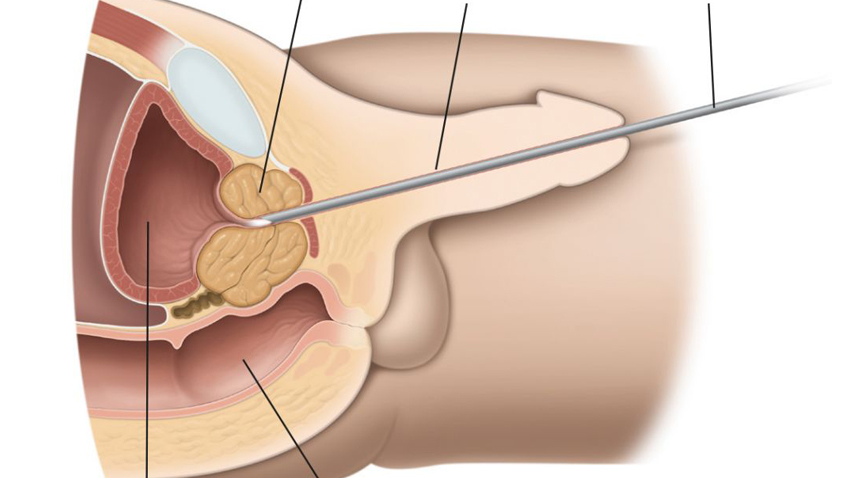Transurethral resection of bladder tumour is done to diagnose bladder cancer and eliminate cancerous tissues from the bladder. In short, the procedure of transurethral resection of bladder tumour is called TURBT that uses spinal anaesthesia or general anaesthesia for the procedure. TURBT is considered the most effective treatment for an initial-stage bladder cancer.
Overview
Trans Urethral resection of bladder tumour is a procedure used by a urologist to diagnose bladder cancer and eliminate cancerous tissues. Also called TURBT, the procedure uses a kind of tool called cystoscope that is passed into the bladder through the urethra. Another instrument called resectoscope is used to remove cancerous tissues for biopsy and destroy remaining cancer cells.
Why is TURBT done? The procedure is used to stage, diagnose and treat bladder cancer. During diagnosis, TURBT helps to examine the inside of the bladder to see if there are any cancer cells. Staging is the next step that determines cancers in the bladder walls, while treatment is the last phase of TURBT that involves removal of one or more tumours from the bladder.
Risks associated with TURBT include perforation in the bladder wall, bleeding, bladder infection, blockage of the urethra, blood in the urine, etc. You should refer to a urology doctor right away if you see any of these mentioned signs.
Take these following preparations before TURBT treatment:
Before the treatment
- Visit your doctor before the treatment starts. Tell him everything about your health condition and whether you have any health concerns. Bring with you all the medications, supplements and over-the-counter medicines and show it to your doctor. He may suggest you to stop certain medications like aspirins and blood thinners that may interfere with your surgery.
- You are also instructed on bowel preparations, whether you need to take any laxative before the midnight of the day of surgery.
- Consult with your urologist about the success rate of TURBT and the after-care treatments required.
How it is performed
- Regional or general anaesthesia is given to help the patient sleep through the procedure and feel no pain.
- The surgeon inserts a cystoscope through the urethra inside the bladder to remove the tumours The cutting loop of the resectoscope is used for pulling away tumours from the inner walls of the bladder. On the other hand, large tumours are resected and removed. It is easy to safely lift up the tumour from the surrounding bladder tissues by using the cutting loop.
- Some cancerous tissues are removed for biopsy in the laboratory. Electric current or high-energy laser rays are used to burn and destroy the remaining cancerous cells.
Cancer may come back after the procedure, so repeated TURBT is required. However, be aware of the side effects of repeated TURBT that include scarring of the bladder, problems with controlling urination, etc.
Recovery
Once the surgery is over, the surgeons place a catheter into the urethra to prevent blockage and stop bleeding. You are required to stay in the hospital for 1-4 days after the surgery. Once the bleeding stops, the catheter is removed. It is, however, normal to see blood in urine for up to 2-3 weeks after the surgery, but in case of heavy bleeding it should be reported to the doctor immediately. Avoid strenuous activities for a couple of weeks or more to ensure quicker recovery from TURBT procedure.






Leave A Comment
You must be logged in to post a comment.